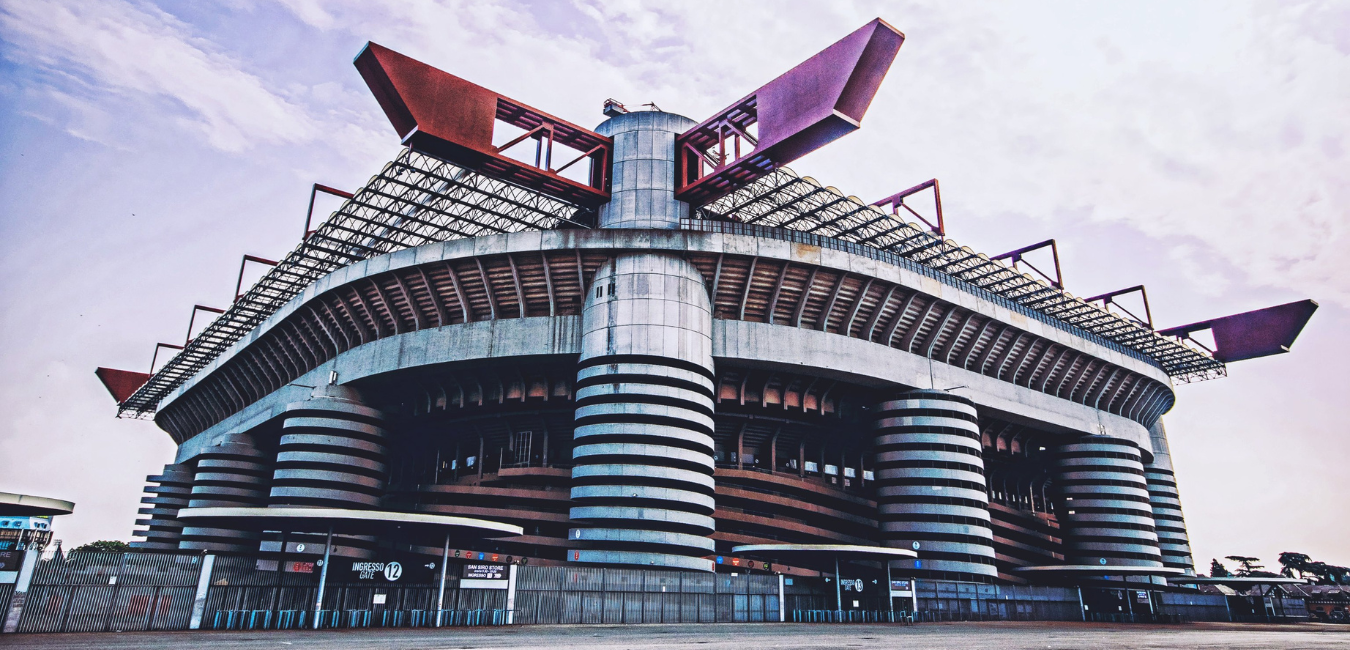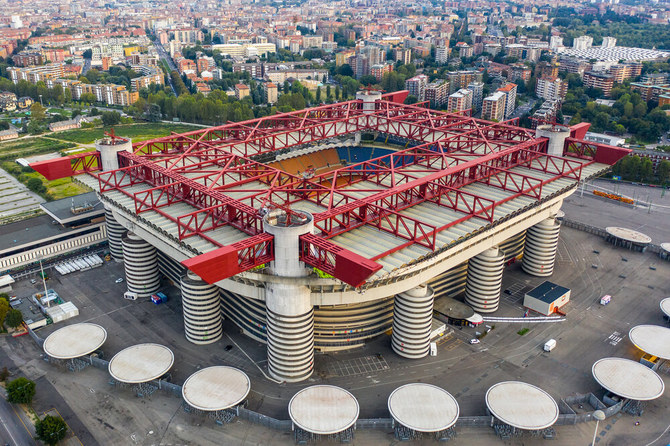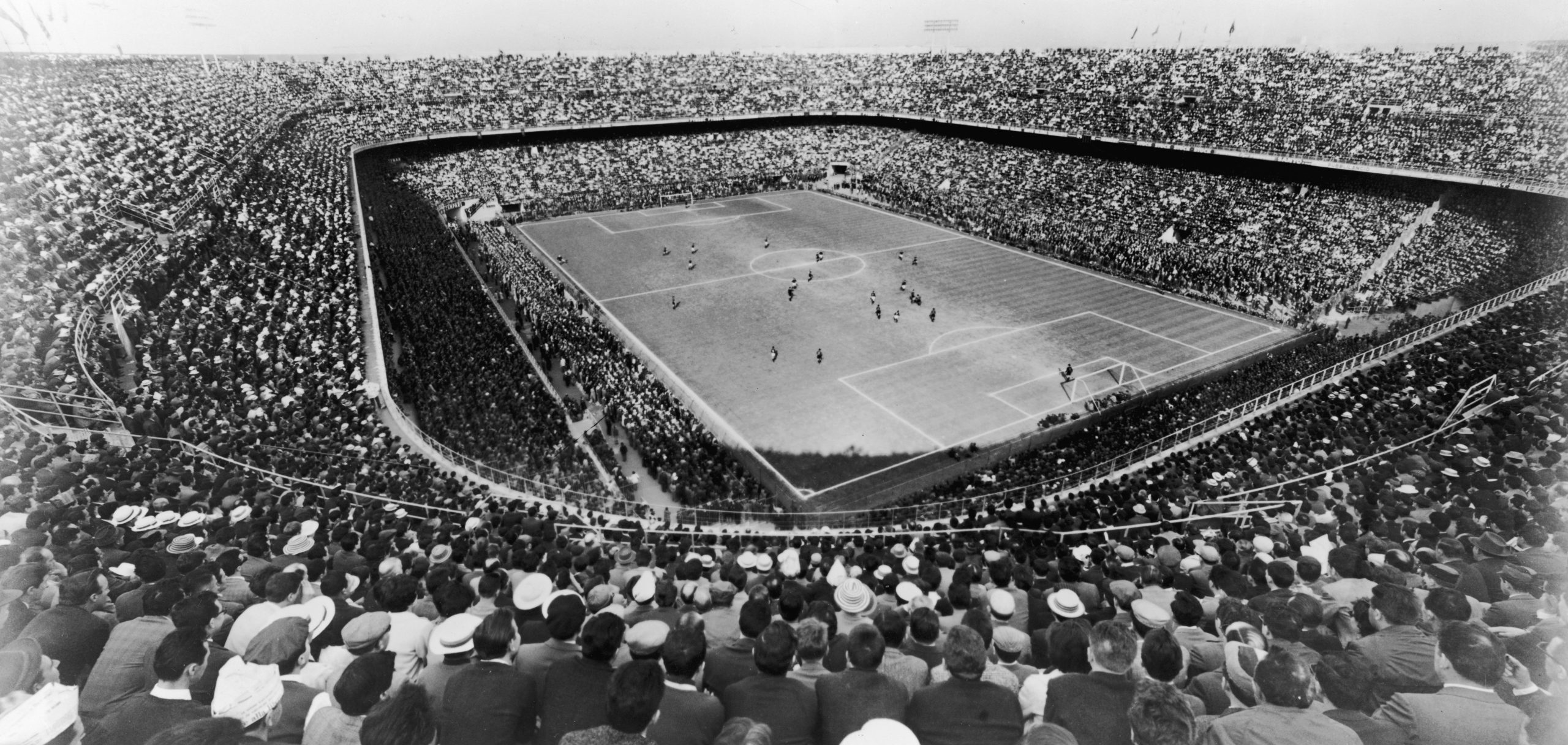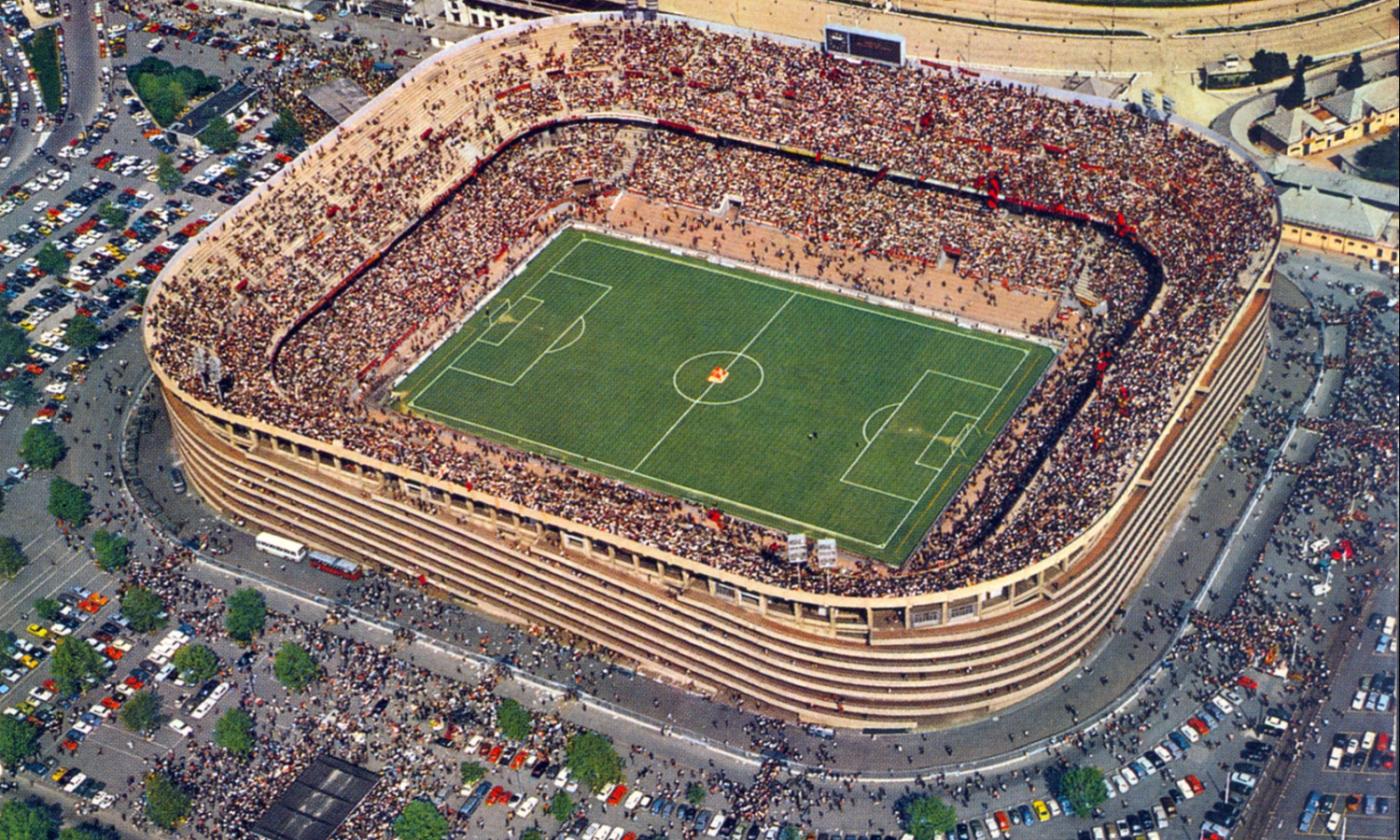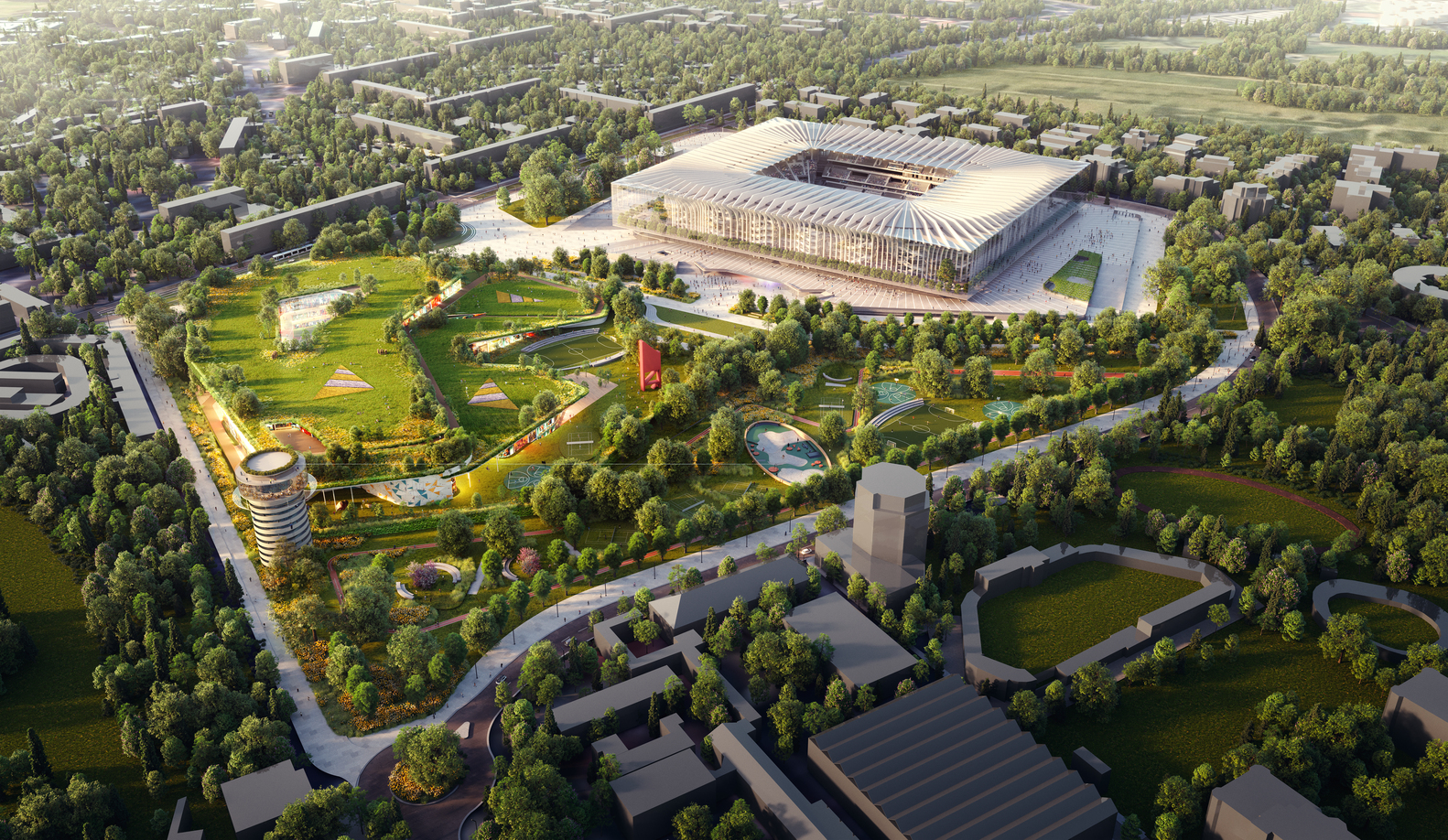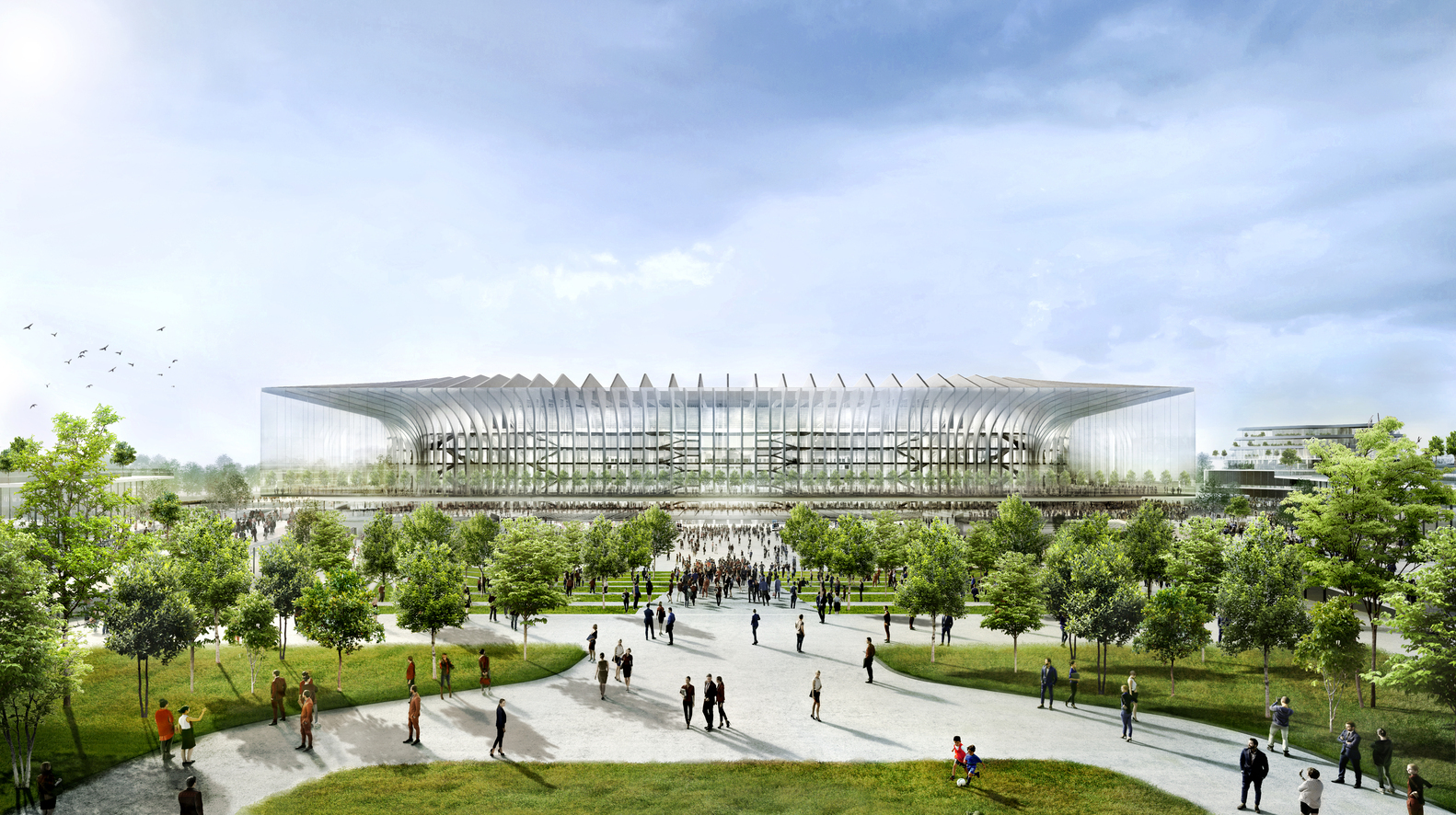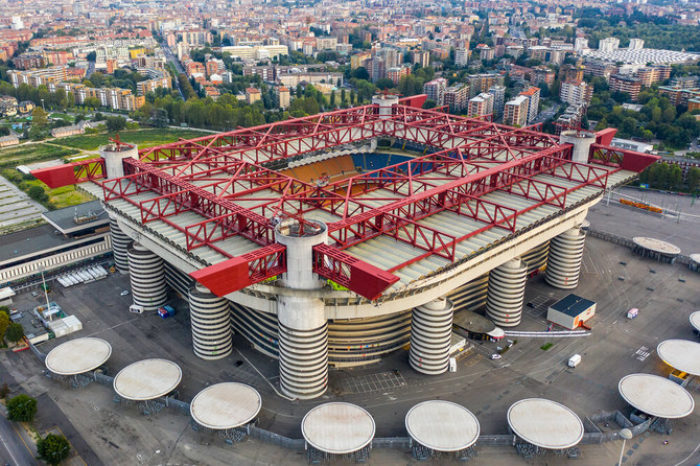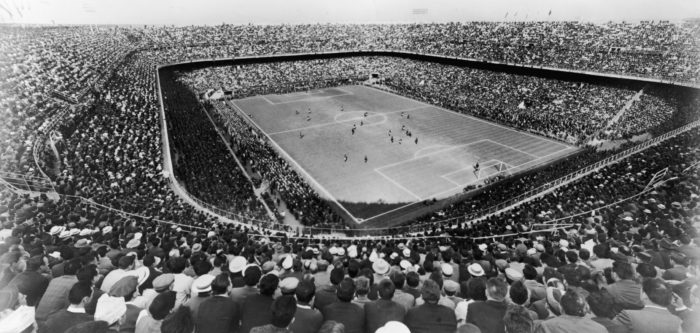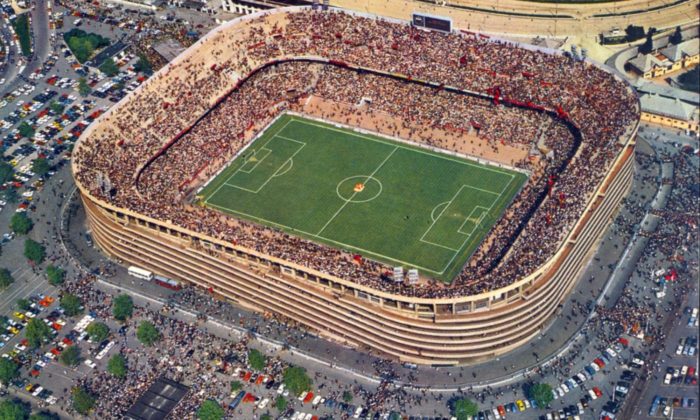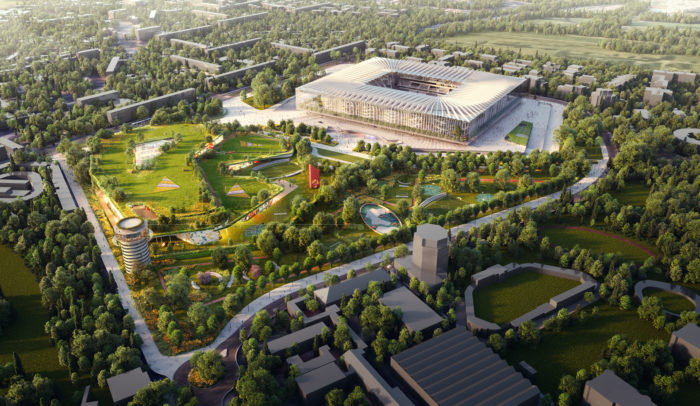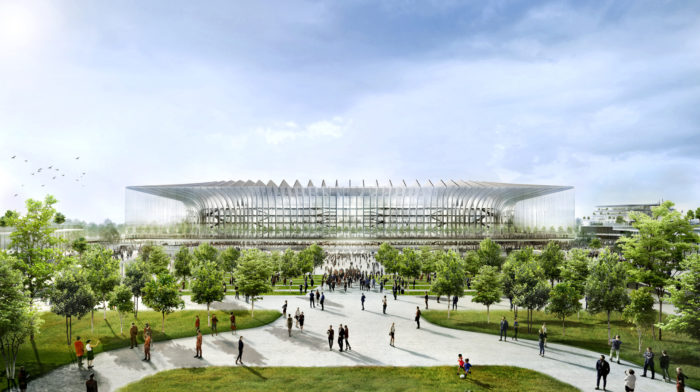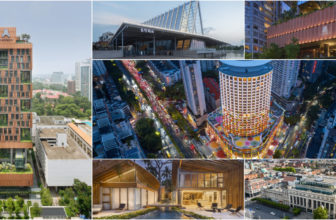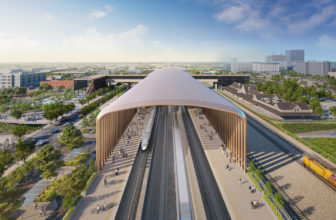Milan’s renowned Giuseppe Meazza, fondly known as San Siro Stadium, has been granted a lifeline against demolition as the Regional Commission for the Cultural Heritage of Lombardy has affirmed its profound cultural significance. The iconic stadium, a hallowed ground for both AC Milan and Inter Milan football clubs, was on the brink of being replaced by the visionary “The Cathedral” stadium, a project envisioned by the American architectural firm, Populous. However, in light of the latest developments, Populous is now collaborating with Inter Milan to shape a fresh stadium proposal in the Rozzano neighborhood, as La Gazzetta dello Sport reported.
San Siro Stadium Spared Demolition: A Victory for Cultural Heritage
Construction of the illustrious San Siro Stadium commenced in 1925, driven by the initiative of A.C. Milan’s president, Piero Pirelli. Unlike other Italian stadiums with athletic tracks and public funding, this was conceived as a private football-centric arena. The stadium’s grand inauguration took place in September 1926, and subsequently, it became the shared home for Inter Milan starting in 1947. Architects Armando Ronca and Ferruccio Calzolari orchestrated expansion plans from 1948 to 1955, achieving a capacity of 60,000 seats and 25,000 standing spectators. This was realized by adding a second ring elegantly supported by spiral ramps for public access.
In preparation for the 1990 FIFA World Cup hosted by Italy, the stadium underwent extensive renovations between 1987 and 1990. These renovations were masterminded by architects Giancarlo Ragazzi, Enrico Hoffer, and engineer Leo Finzi, resulting in an impressive capacity of 85,000. A third ring and a protective roof cover were incorporated to achieve this expansion. Notably, the Regional Commission for the Cultural Heritage of Lombardy underscored that the distinctive second ring, intertwined with its spiral towers, held profound cultural interest.
This unwavering determination to recognize the cultural value of San Siro Stadium has brought a halt to the plans set in motion by Populous. Their proposed stadium envisioned as a modern marvel with 60,000 seats, drew inspiration from Milan’s architectural gems—the Duomo di Milano and the Galleria Vittorio Emanuele. The project also promised lush green spaces, cutting-edge noise control measures, and advanced safety provisions.
On a global scale, many contemporary landmarks confront the ominous threat of demolition. The preservation triumph of the Brutalist Mäusebunker building in Berlin stands as a recent testament. This structure was deemed a monument due to its potential to epitomize a brand. Moreover, environmental considerations were pivotal in the decision, highlighting the importance of adaptive reuse strategies that reduce carbon emissions and curtail the resource demand linked with reconstruction. With the San Siro Stadium’s preservation, Milan continues to celebrate its storied heritage and upholds its commitment to safeguarding architectural and cultural treasures for future generations.
